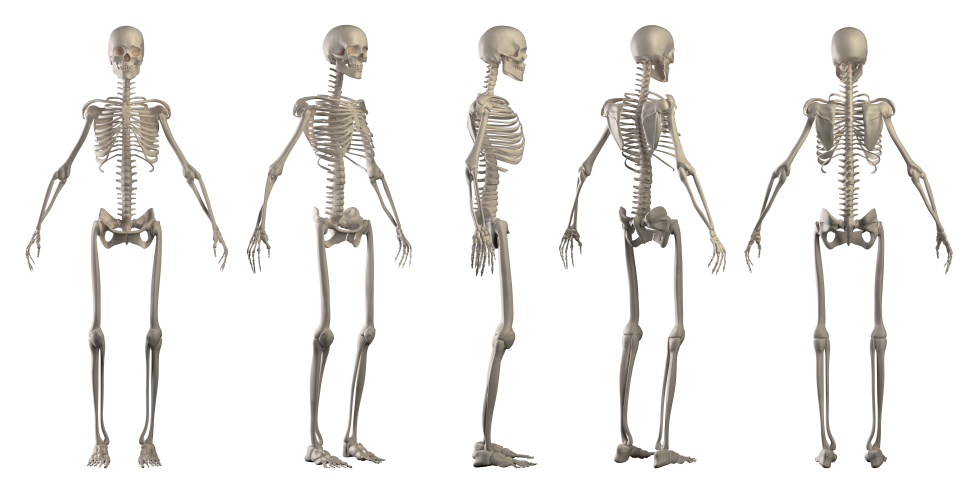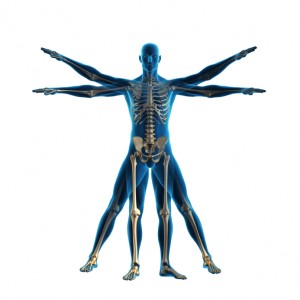Your first visit
 On your first visit, a detailed case history will be taken of the presenting problem.
On your first visit, a detailed case history will be taken of the presenting problem.
- How the problem first occurred?
- What the pain feels like?
- What aggravates or relieves the symptoms?
- Is the pain focused to one area or does it travel?
Details of your past medical history will be taken. For example, if you have received treatment before or whether you have had x-rays or not or are on any medication for other medical conditions.
A physical examination will then be carried out.
Active examination
It is important to observe the patient standing in what they consider to be their normal posture. This allows examination for symmetry of structure, tightness of muscles and compensatory postures. The patient will be asked to perform certain movements to include forward flexion, side bending and rotation of the spine (pain permitting). This enables assessment of the mobility of the patient and what limitations occur. Similar movements may need to be demonstrated if the problem involves a limb such as the shoulder, hip or knee etc.
Orthopaedic testing
With the information from the case history and the active examination it may be prudent to take a few tests such as blood pressure, reflexes (by tapping the knee with the patella hammer) in order to formulate a working diagnosis and to assess if the patient needs to be referred on, for instance to be x-rayed.
Passive examination
 A hands-on examination will follow. This is performed with the osteopath actively performing the movements for the patient whilst they are relaxed either lying down or sitting. The findings from the examination will allow the osteopath to feel the movements of individual joints and how the muscles respond to those movements.
A hands-on examination will follow. This is performed with the osteopath actively performing the movements for the patient whilst they are relaxed either lying down or sitting. The findings from the examination will allow the osteopath to feel the movements of individual joints and how the muscles respond to those movements.
How long does a treatment take?
All patients are treated as individuals and treatments are tailored for them. On the first visit the minimum time allocated is 60 minutes with follow up visits lasting between 30-40 minutes.

